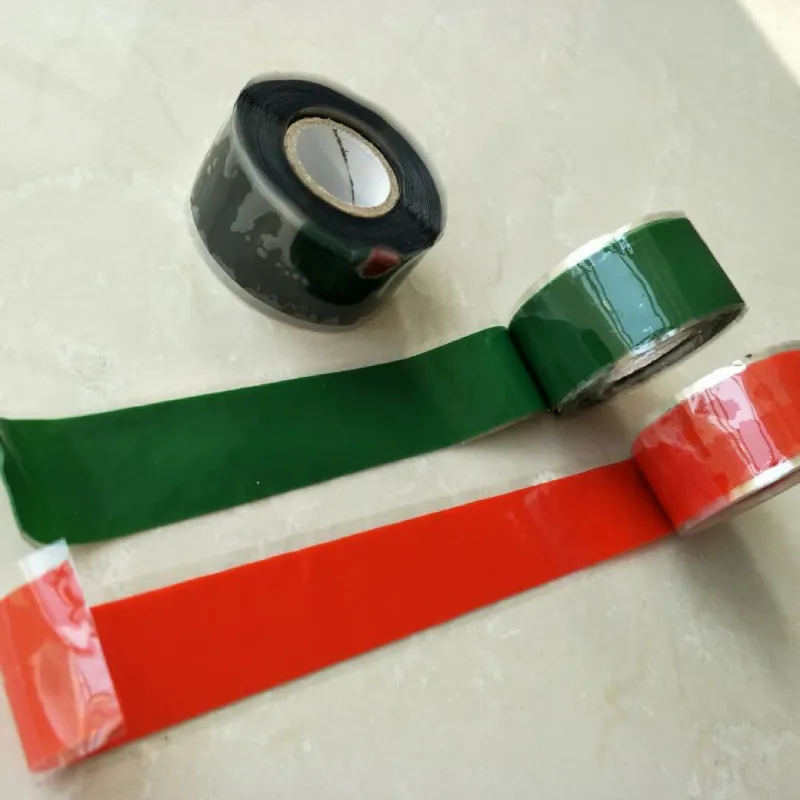Understanding Rubber Mastic Tape Properties, Uses, and Benefits
Rubber mastic tape, a versatile and highly effective adhesive material, has gained considerable attention in various industries for its unique properties and exceptional performance. This tape, composed primarily of a rubber mastic adhesive, is renowned for its capability to provide excellent insulation, moisture resistance, and adhesion. Understanding its features, applications, and advantages can shed light on why it has become a go-to solution for many professionals and DIY enthusiasts alike.
Properties of Rubber Mastic Tape
One of the standout characteristics of rubber mastic tape is its superb flexibility. This flexibility allows the tape to conform to irregular shapes and surfaces, making it ideal for sealing joints and gaps in various materials such as metal, plastic, and wood. The rubber composition enables the tape to maintain its integrity under extreme environmental conditions—whether high temperatures, moisture exposure, or UV radiation.
Furthermore, rubber mastic tape is self-fusing, meaning the edges of the tape will bond to themselves, creating a waterproof seal that is effective even in challenging environments. This quality is particularly valuable in applications requiring airtight and watertight seals. Additionally, the tape often possesses excellent dielectric properties, making it suitable for electrical insulation purposes, which is crucial in preventing short circuits and ensuring safety.
Applications of Rubber Mastic Tape
Rubber mastic tape finds applications across a wide range of fields. In the electrical industry, it is commonly used for insulating wires and cables, protecting them from moisture and mechanical wear. Its ability to resist degradation from environmental exposure makes it an excellent choice for outdoor electrical installations.
In construction and maintenance, rubber mastic tape is often utilized for sealing roof leaks, ductwork, and plumbing
. Its water-resistant properties make it particularly effective for outdoor repairs and applications exposed to weather elements. For instance, HVAC professionals often use it to ensure airtight seals in duct systems, enhancing energy efficiency and performance.rubber mastic tape

Moreover, the automotive industry frequently employs rubber mastic tape for various sealing and insulation tasks. It can help with sound dampening within vehicles, protecting sensitive electronic components, and providing waterproof barriers.
Benefits of Using Rubber Mastic Tape
The benefits of rubber mastic tape extend beyond its physical properties and applications. First and foremost, it is incredibly easy to use. The tape can be applied without the need for additional tools or complex preparatory steps. Its peel-and-stick feature allows for quick and efficient application, saving time and labor.
Cost-effectiveness is another reason many industries favor rubber mastic tape. Given its durability and performance, it often reduces the need for regular maintenance and reapplication, leading to long-term savings in both material costs and labor.
Additionally, the versatility of rubber mastic tape means it can be used in a variety of settings, from residential to commercial applications. This adaptability increases its value, enabling users to address multiple sealing and insulating needs with a single product.
Conclusion
In conclusion, rubber mastic tape stands out as an exceptional adhesive solution, offering flexibility, durability, and moisture resistance. Its widespread use in electrical insulation, construction, and automotive applications underscores its versatility and effectiveness. As industries continue to seek reliable materials that can withstand harsh conditions while providing excellent performance, rubber mastic tape remains a top choice for both professionals and DIY enthusiasts. Understanding its properties and applications can help you make informed decisions as you address your sealing and insulation challenges effectively.
-
XIANGFAN Rubber Tape-Ultimate Solutions for All Your Insulation NeedsNewsJun.24,2025
-
XIANGFAN Rubber Tape-Protection for Industrial and Residential ApplicationsNewsJun.24,2025
-
XIANGFAN Rubber Tape: Superior Safety and Sealing for Demanding EnvironmentsNewsJun.24,2025
-
XIANGFAN Rubber Tape: Reliable Solutions for Every Electrical ChallengeNewsJun.24,2025
-
XIANGFAN Electrical & Industrial Tape: Powering Reliability Across IndustriesNewsJun.24,2025
-
XIANGFAN Electrical & Industrial Tape: Excellence in Every ApplicationNewsJun.24,2025
